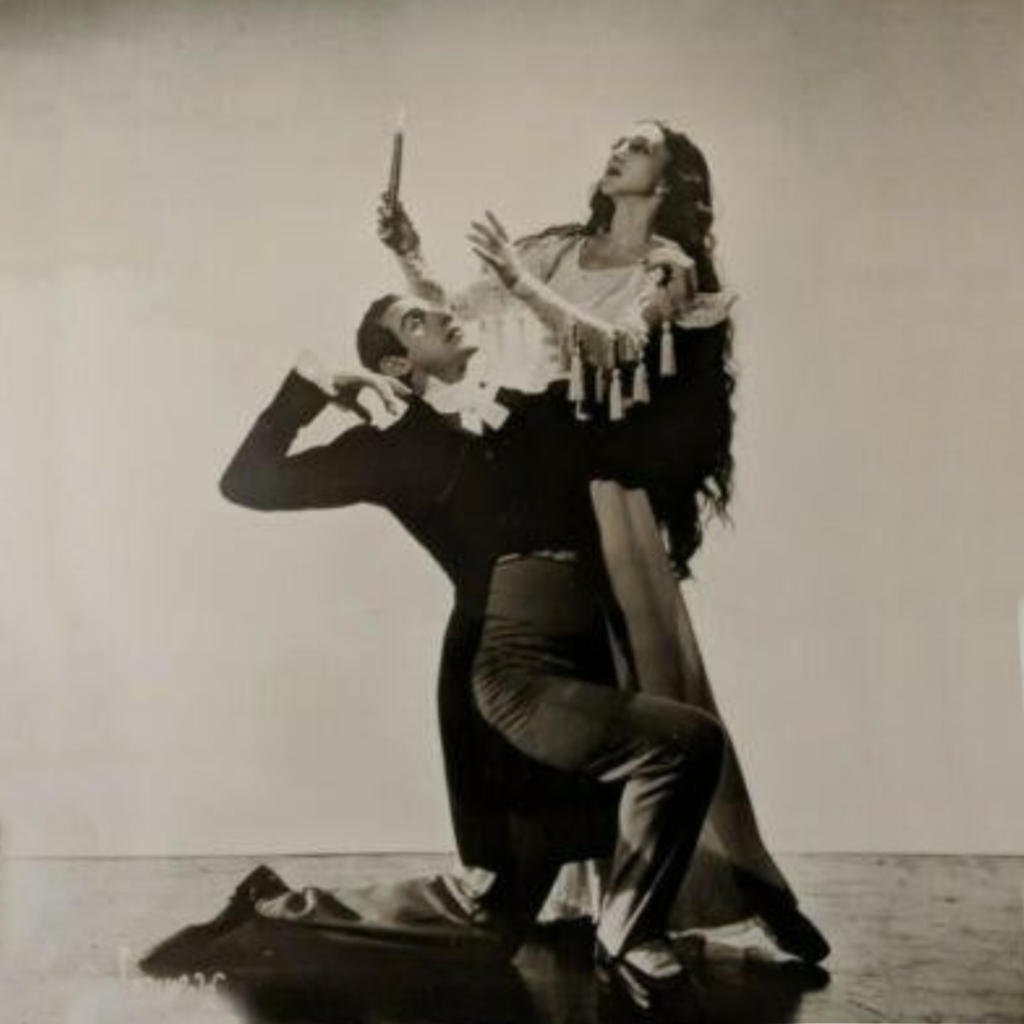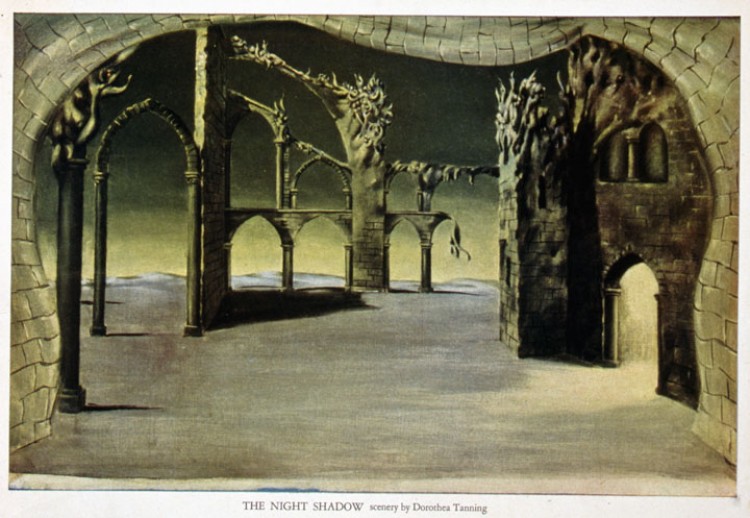Opening Night
Gerald R. Ford Amphitheater
This week, Vail’s International Evenings of Dance performances return with three different jam-packed programs. These unique performances include excerpts from full-length ballets. When performed outside of the context of the story, the excerpts are vibrant displays of technique and personalities but may leave you wondering where they came from and what they all mean. Two of the programs include a Balanchine duet that comes from a story ballet. What follows is an explanation of the significance of this pas de deux within the framework of the ballet from which it comes.

La Sonnambula (Premiere: 1946)
The excerpt from La Sonnambula will be danced by Lauren Lovette and Robbie Fairchild on August 4 in the International Evenings of Dance I program.
La Sonnambula was originally titled Night Shadow and was created by George Balanchine for the Ballet Russe de Monte Carlo. The ballet had its premiere at New York City Center and Alexandra Danilova and Frederic Franklin danced the roles of the Sleepwalker and the Poet. The program note from the 1946 production summarized the plot:
“Amid the somber walls of a decaying castle a masked ball has just begun. The host, an eccentric nobleman, receives his guests, among them a poet and a dazzling coquette. The poet, seduced by her charms, dances with her as the guests gradually leave the scene, then she too leaves. As the poet turns to follow, he sees a lovely white apparition gliding across the roofs toward him. It comes nearer and he sees that it is a beautiful somnambulist. He loses his heart to her at once, unaware that she is the wife of the host who keeps her locked away from the world. They dance, and he seems to join her in her realm of dreaming sleep. But they are seen. The coquette, flushed with jealousy, steals out to tell the host….All too soon the marvelous sleep-walker drifts away. The poet would follow her but the guests reenter and their dancing forms a barrier. Finally, he breaks through and disappears but the host follows, too, and stabs him. As he lies unconscious among the terrified guests, the white figure of his love appears once more, gently raises him and together they glide away.” (1)
The core of the ballet is the extended duet between the Poet and the Sleepwalker, and this is the excerpt that will be performed in Vail this week. In 1960, Walter Terry described the duet as “one of lyrical desperation, for the unseeing Sleepwalker eludes the reaching hands of the Poet as he attempts to bring her into his own orbit of reality.” (2)
The original Sleepwalker, Alexandra Danilova, said of her role:
“I was the Sleepwalker who falls in love with the Poet. Sleepwalkers are without fear, drawn along the edge of a building by the sight of the moon, passing directly through danger but never sensing it.”

She continued:
“In an ordinary pas de deux, the woman is somehow engaged by the man, and she goes toward him. But I was going toward the moon. And that attracts the Poet, because he can’t make contact with this woman. That is the enigma of this ballet. He senses her understanding of his poetry and sees in her the unhappiness she feels at being married to a horrid man, someone she doesn’t love. But the Poet knows that she belongs to the moon.” (3)
Frederic Franklin, the original Poet, explained that the ballet was filled with surprises for both the audience and the dancers themselves. Balanchine didn’t want anyone to expect what would happen next. While lying on the floor in rehearsal after his character had been murdered, Franklin was surprised when Balanchine instructed four men from the corps to pick him up, march him to Danilova, and deposit his body into her arms. Even the original set by Dorthea Tanning was designed to evade interpretations of time or place, creating a romantic but ominous atmosphere rather than a specific location. (4)
There is a deep connection between the Sleepwalker and the Poet. They seem to commune with one another on a higher plane than the other guests at the ball. An unspoken understanding is sensed between them that is explored through movement until the Poet’s tragic demise.
Notes:
1) Souvenir Program for the Ballet Russe de Monte Carlo 1946-47 season. New York: General Program Corporation, 1946.
2) Terry, Walter. New York Herald Tribune (New York), January 7, 1960.
3) Danilova, Alexandra. 1986. Choura: The Memoirs of Alexandra Danilova. New York: Alfred A Knopf.
4) “Balanchine Foundation Interview: Frederic Franklin: THE NIGHT SHADOW (La Sonnambula).” George Balanchine Foundation. 2002. Video, https://www.youtube.com/watch?v=Cbah1X_ll-Q&t=4s.